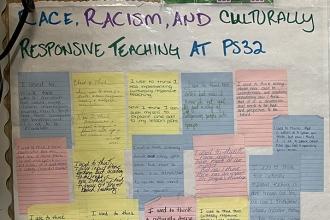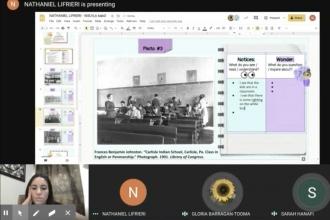Learning Curve
Confronting ‘learning loss’
As early as March 2020, headlines warned of the “learning loss” that students would experience as a result of disrupted and remote schooling. But that phrase misclassifies the real issue and obscures how teachers can best support their students.
What makes successful co-teaching?
Thousands of New York City public school teachers work together in Integrated Co-Teaching classrooms, in which one special education teacher and one general education teacher work alongside each other. But what are the ingredients of a successful classroom partnership?
What’s the point of a test?
When an assessment is well-designed and aligns with standards, the idea of “teaching to the test” sheds its negative connotation.
The power of identity teaching
Culturally relevant pedagogy can give students the skills, knowledge and dispositions to change systemic inequities. So teachers should examine and encourage ways to imbue their students with a sense of their own identities.
Four ways to improve remote teaching
Here are surprising takeaways teachers can use to make remote instruction more effective: digital games can be incorporated into learning in small doses; students may be “digital natives” but they may need to learn how to use digital tools; digital tools may work best when they replicate familiar experiences; and remote rewards are still rewarding.
Six simple strategies to improve learning this year
Enabling private chats with students, Zoom breakout rooms and modeling classwork for students are a few of the strategies teachers can use to improve learning during this challenging time.





